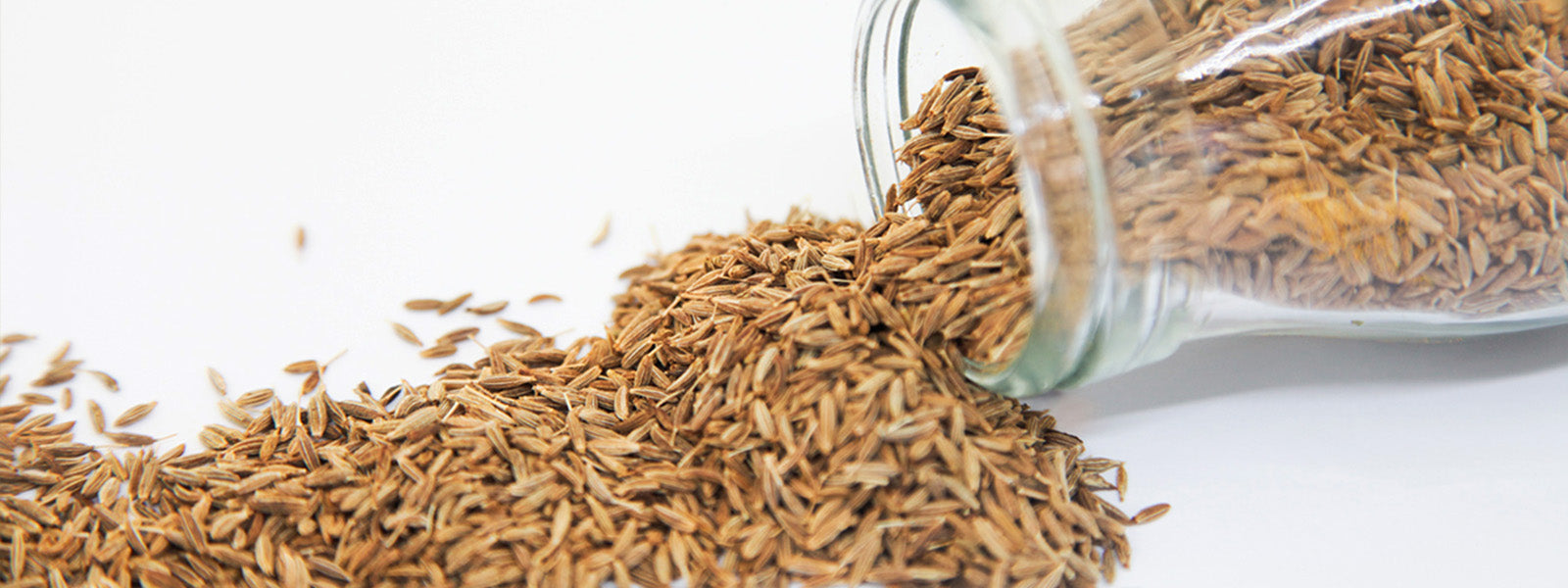Indian Sarsaparilla, which has the scientific name Hemidesmus indicus, is also called Sariva or Anantamul. It is a climbing plant that grows all over India, especially in Bengal, Bombay presidency, Travancore, and Ceylon. The Indian Sarsaparilla root is known all over the world for its healing properties. Scientists have found that Sarsaparilla contains Saponins, which help the body make more urine and sweat more. It can also help relieve fluid retention, puffiness, or swelling, and stomach bloating.
Table of Contents
What is Indian sarsaparilla?
The Indian sarsaparilla is a thin tropical vine. In Sanskrit, it is known as anantamool, which means "the eternal root." Its rough root barks are used to make sherbets and tonics, and a concentrate made from the dried roots is mixed with water or milk to cool the body, especially during India's hot summers. It tastes like regular sarsaparilla, but it comes from a different genus.
Usage of Indian sarsaparilla in Ayurveda:
Ayurvedic texts say that Anantmool has stimulant and natural anabolic and steroidal effects on the body. The barks of the Fragrant Root of Sariva are used to treat stomach problems, loss of appetite, problems with nutrition, fever, skin diseases, ulcers (especially those caused by syphilis), leucorrhea, and rheumatism. According to Ayurveda, it can help balance the three Doshas: vata, pitta, and kapha.
Usage of Sarsaparilla roots:
Sarsaparilla root teas were also used in the past to "clean the blood," improve liver function, and get rid of toxins from the body. When taken with Jeera or cumin seed water, Indian Sarsaparilla helps the urinary system work well. It also reduces inflammation and the burning feeling caused by urethritis. Sariva also helps get rid of too much heat from the skin and keeps the stomach lining from wearing away. Sarsaparilla also has important Flavonoids in it, which have been linked to a longer life, less inflammation, healthy skin and eyes, and a stronger immune system. The root of the sarsaparilla plant has been used as medicine for hundreds of years.
Why is Indian sarsaparilla healthy?
Traditional Indian medicine, such as Ayurveda, Unani, and Siddha, uses Indian sarsaparilla for its healing, anti-microbial, anti-inflammatory, and pain-relieving properties. Traditional healers in southern India use powdered or liquified nannari, which has a pleasant smell, to treat skin infections. The Siddha school of medicine calls it Krishnavalli, which means "fragrant vine."
What does it taste like?
It takes time to get used to the taste of sarsaparilla, which is very herbal and bittersweet and has a unique smell of vanilla and wood fire that hits you a second later. When it's ground up with other herbs to make a paste for Ayurvedic medicines, you might get a whiff of its pleasant smell. However, when it's made into a sherbet, the smell is much stronger.
Health benefits of Indian sarsaparilla:
Prevents and treats cancer
Gets rid of inflammation
Improves the immune system
Helps in losing weight
Treats skin problems
Detoxifies the body
Relieves digestive problems
Promotes kidney health
Increases muscle mass from working out
Treats syphilis
Promotes skin health
Brings down swelling and pain











Leave a comment